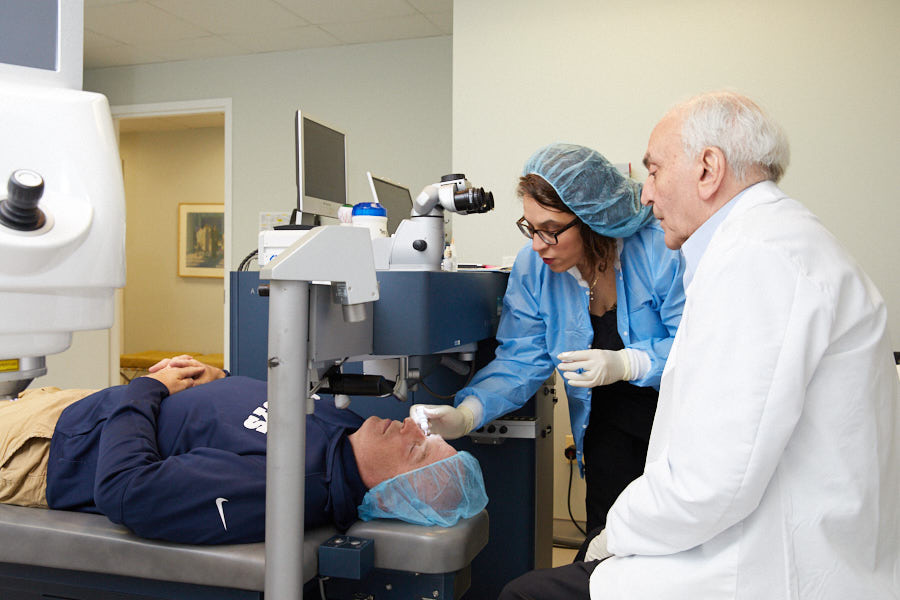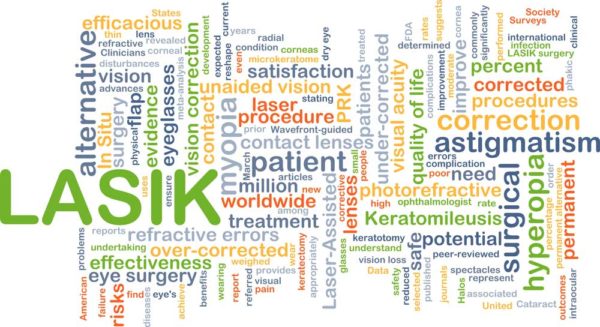
Most Experienced Surgeons On The East Coast
Request a Free Consultation
Why
NY Lasik Eye?
Surgeries performed
Years of LASIK Experience
Rated LASIK Surgeons
Affordable Procedures


What is Keratoconus, and Can Laser Vision Correction Help
It’s possible that you’ve heard an eye doctor mention keratoconus, but what is keratoconus eye disease and why is it a concern? Let’s take a closer look.
If you’ve been told you have keratoconus, you probably want to know more about it. So what is keratoconus eye disease and what causes it? Keratoconus is an eye disease in which the cornea thins abnormally, resulting in bulging in the front surface of the cornea. Unfortunately, the causes of this eye disease are not yet fully understood. There is some research indicating it could be caused by the disruption of normal levels of certain enzymes and other important substances that influence inflammatory responses within the cornea. However, known risk factors include allergies, frequent eye rubbing, and heredity.

The Long Term Effects Of Laser Eye Surgery
Are you considering laser eye surgery like LASIK, but find yourself with questions about the long term effects of LASIK and other laser eye surgery? It is true that laser eye surgery is a relatively new procedure. In fact, the first FDA approved treatments were carried out in the late 90s, so as little as 35 years ago. But what does this mean when we consider the long term impact of laser eye surgery and LASIK side effects long term?
Did you know that more than 30 million people have had laser eye surgery world wide? The first treatments were a massive success and as a result, laser eye procedures have remained very popular ever since. However, for some patients, the fact that it hasn’t been around for a long time is concerning. Unfortunately, we can’t physically show how efficacious laser eye surgery is over a longer period than 35 years simply because no one has had it for that long.
